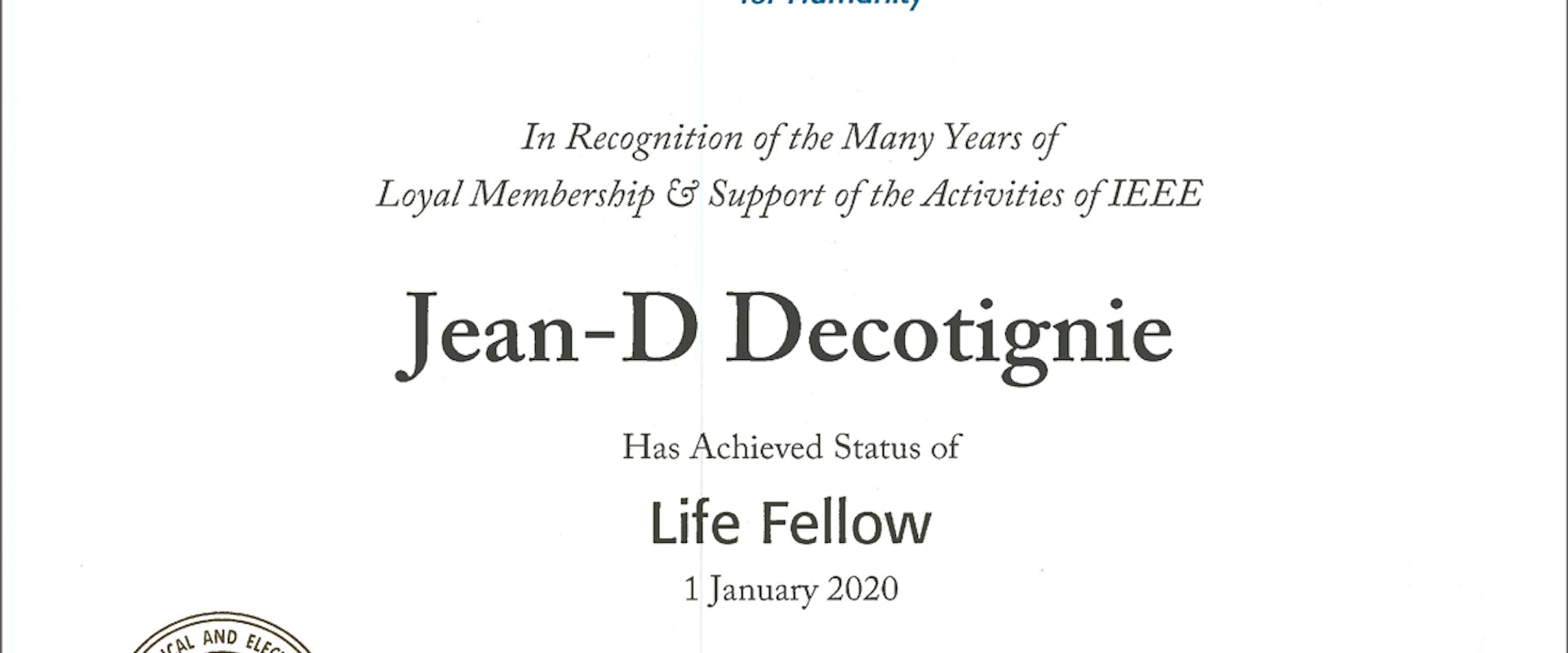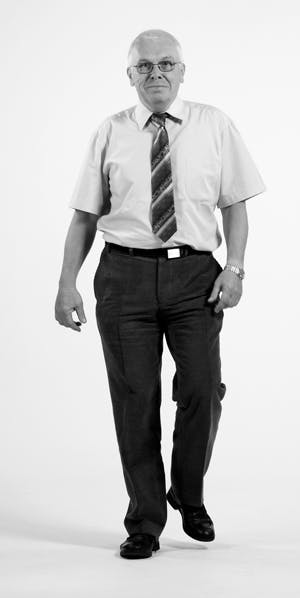2020 IEEE Lifetime Member to Jean-Do Decotignie
A quick google search around Jean-Dominique Decotignie (or Jean-Do as he is affectionately known) and you will quickly find a wealth of research, awards, and distinctions awarded to this outstanding member of the scientific community. Now, Jean-Dominique has been awarded one of the most distinguished recognitions from the IEEE, a Life membership (LM), proof of his strong and sustained commitment to developing real-time wireless sensor networks with an emphasis on safety-critical applications.


Congratulations! What a wonderful feeling it must have been to receive this news through the post! It’s never easy to summarize a lifetime of work in a few questions, but what were your very first research interests?
I started out as an electrical engineer – more interested in theory than by practice. I was interested in electromagnetism particularly in the higher frequencies referred to as microwaves and their propagation in waveguides. I was very lucky to get a scholarship to spend a year at the University of Tokyo, one of the most prestigious Japanese universities. I started my Ph.D. whilst there, moving towards higher frequencies and studying propagation in optical fibers/integrated optics which were both hot topics at the time.
What was the first project you ever worked on and in which context was it used?
Back when I first started out microwaves were mostly used in military applications and communications. During my first project, I was in charge of building a system that could distinguish between potatoes and mud clods, to help automatize potato harvesting. We demonstrated its feasibility but, to my knowledge, the system was never implemented in practice.
From your very first interests to becoming a pioneer of Fieldbus technology, for which you were awarded the IEEE fellowship, what would you say is the most significant change you have seen in the field of wireless sensor networks?
The most significant change has been the shift from transmission on cables to wireless, which occurred in the late 90s. There were a few challenges to meet incuding: integrating the high-frequency electronics on a single circuit; drastically reducing energy consumption; building protocols that can run on simple processors while providing security; robustness; low latency and minimal duty cycle. It took some time but we made it, and CSEM is very well positioned in this subject both in terms of academic research and industrial practice.